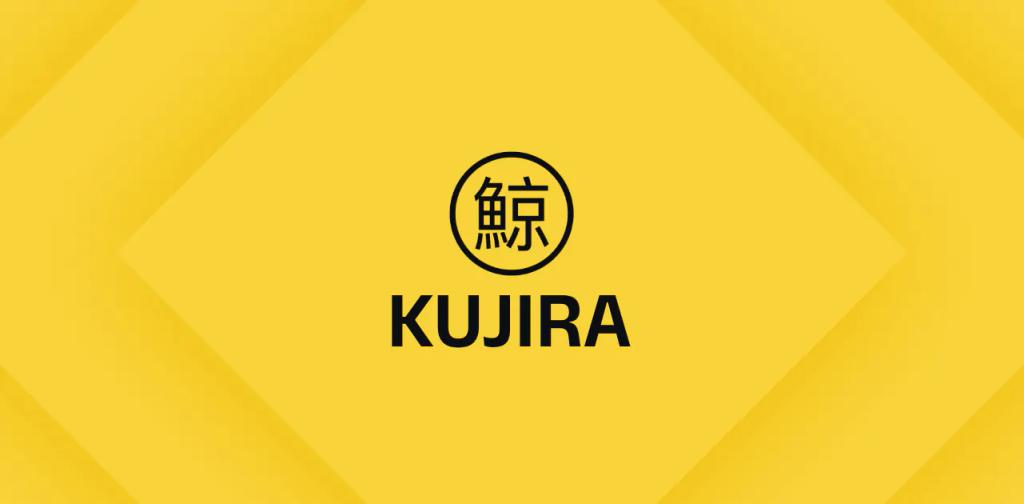Overview
Binance Holdings Ltd., commonly known as Binance, is a leading global cryptocurrency exchange by daily trading volume. Founded in 2017 by Changpeng Zhao, a developer with a background in high-frequency trading software, Binance initially operated out of China. However, it moved to Japan after the Chinese government imposed restrictions on cryptocurrency companies, and later to Malta. Currently, Binance does not have an official headquarters.
Throughout its history, Binance has faced numerous lawsuits and regulatory challenges. Various countries have banned or restricted its operations, and it has been fined on multiple occasions. Allegations have also surfaced that Binance may have been used to fund terrorist activities. In November 2023, Binance pleaded guilty in a U.S. federal court to charges of money laundering, unlicensed money transmission, and sanctions violations. In 2021, the United States Department of Justice and the Internal Revenue Service launched investigations into Binance for alleged money laundering and tax offenses. That same year, the UK’s Financial Conduct Authority ordered Binance to cease all regulated activities in the United Kingdom. Additionally, in 2021, Binance reportedly shared client data, including names and addresses, with the Russian government.
Timeline
In 2005, CEO Changpeng Zhao founded Fusion Systems in Shanghai, a company that developed high-frequency trading systems for stockbrokers. By 2013, Zhao had joined Blockchain.info as the third member of its team, contributing to the development of the cryptocurrency wallet. He later served as the CTO of OKCoin, a platform for spot trading between fiat and digital assets, for less than a year in 2014. This position was offered to him by Yi He, who would later become his co-founder at Binance.
Binance was established in 2017 in China. Anticipating the Chinese government’s impending ban on cryptocurrency trading, the company swiftly relocated its servers and headquarters out of the country in September 2017. Zhao invited Yi He to join Binance, and she played a crucial role in refining the white paper for Binance’s initial coin offering (ICO), which successfully raised $15 million.
In January 2018, Binance became the largest cryptocurrency exchange by market capitalization and maintained this position through April 2021. Facing stricter regulations, it planned a move to Malta in March 2018 and signed MOUs with Bermuda and the Malta Stock Exchange for security token trading. Binance Jersey launched in 2019 to expand in Europe. Binance also established the Binance Charity Foundation in April 2018 and raised funds for various projects, including sports blockchain company Chiliz and a stablecoin initiative. Binance acquired Trust Wallet in July 2018 and partnered with Simplex in January 2019 for cryptocurrency purchases via debit and credit cards. In May 2019, a security breach resulted in the theft of 7,000 Bitcoin, but customers were reimbursed. Binance restricted U.S. users in June 2019, launching Binance.us, and later dealt with a leaked document controversy with Forbes. In September 2019, it introduced perpetual futures contracts, and in November 2019, announced the acquisition of WazirX, though the deal was later disputed.
In February 2020, the Malta Financial Services Authority stated that Binance was not authorized to operate in Malta. In July 2020, Binance partnered with a Chinese state-owned enterprise for the Belt and Road Initiative. In October 2020, Forbes accused Binance of creating a structure to deceive U.S. regulators. In May 2021, Binance faced investigations by the IRS and DOJ for money laundering and tax offenses.
In February 2022, Binance invested in Forbes but later criticized it for negative articles. During the 2022 Russian invasion of Ukraine, Binance refused to ban Russian users but donated $10 million for humanitarian aid. Reuters accused Binance of enabling money laundering and cooperating with Russian authorities, which Binance disputed.
In March 2023, Binance restricted Russian users from buying euros and dollars. In September 2023, it announced its exit from Russia. Binance registered in Italy in May 2022 and expanded to Spain and Sweden by early 2023. In June 2022, it temporarily halted Bitcoin withdrawals due to market declines.
Binance sponsored the Africa Cup of Nations in 2021 and invested $500 million in Elon Musk’s Twitter acquisition in 2022. It briefly considered buying FTX’s non-U.S. operations in November 2022 but withdrew. Binance re-entered the Japanese market by acquiring Sakura Exchange.
In July 2023, senior executives resigned amid reports of significant staff cuts. In November 2023, Binance was fined $4 billion in the U.S. and its CEO Changpeng Zhao stepped down. In 2024, The Wall Street Journal reported Binance fired its internal investigation team while retaining a VIP client accused of market manipulation. A 2024 study found Binance was the most popular exchange for pig butchering scams, though Binance has cooperated with U.S. law enforcement to recover lost funds in
Tokens
BNB
BNB, originally launched as Binance Coin in July 2017, served initially for paying platform fees. By 2021, it ranked third in market capitalization among cryptocurrencies. Starting on the Ethereum network, it transitioned to Binance Smart Chain in September 2020. In February 2022, its name was changed to Build’N’Build, coinciding with Binance Smart Chain’s rebranding to BNB Chain. The network’s centralization criticisms prompted changes following previous network exploits, with 44 validators as of October 2022.
BUSD
BUSD, short for Binance USD, is a stablecoin pegged to the US Dollar and issued by Binance. According to Binance, BUSD is fully backed 1:1 by a reserve of US Dollars and was established in collaboration with Paxos, the token’s issuer.
In January 2023, Bloomberg reported instances where Binance-Peg BUSD was occasionally undercollateralized between 2020 and 2021, with discrepancies exceeding $1 billion on three occasions. A Binance representative acknowledged challenges in maintaining full backing but noted significant improvements in verification processes.
As of 2022, BUSD ranked as the third largest stablecoin by market capitalization, trailing behind Tether (USDT) and USD Coin (USDC). In February 2023, the New York Department of Financial Services instructed Paxos to cease minting new BUSD tokens.
Customer Support And Accessibility
Customer Support
Binance provides robust assistance through email, social media platforms, and an extensive FAQ section, ensuring timely resolution of user queries
Accessibility
Binance offers its services and platform access to users from a wide array of over 180 countries and regions globally, ensuring a broad reach and inclusive accessibility for cryptocurrency traders and investors around the world.
Whitepaper
The Binance whitepaper served as a foundational document that articulated Binance’s business model, technical capabilities, and strategic direction, helping to attract early adopters and investors to the platform.
The Binance whitepaper, originally released in 2017, outlined the vision and technical specifications for the Binance cryptocurrency exchange. Key points from the whitepaper include:
Vision And Mission
Binance aimed to create a platform that would provide users with fast, secure, and reliable access to cryptocurrency trading. The mission was to build a community-driven exchange that prioritized user experience and innovation.
Technical Architecture
The whitepaper detailed Binance’s technical architecture, including its high-performance trading engine capable of processing 1.4 million transactions per second. It highlighted features such as multi-tier and multi-cluster system architecture to ensure stability and scalability.
Security Features
Binance emphasized its commitment to security, outlining measures such as cold storage for user funds, two-factor authentication (2FA), and comprehensive auditing and monitoring systems to protect against hacking and unauthorized access.
Tokenomics
Binance Coin (BNB) was introduced as the native cryptocurrency of the Binance platform. The whitepaper explained its utility within the ecosystem, including fee discounts for trading fees, participation in token sales on the Binance Launchpad, and potential future uses within the Binance ecosystem
ICO And Funding
Details of the Initial Coin Offering (ICO) were provided, outlining the token distribution, fundraising goals, and the use of funds for platform development, marketing, and operational expenses.
Roadmap
The whitepaper included a roadmap for future developments, such as expanding trading pairs, introducing new features like margin trading and futures contracts, and enhancing the platform’s usability through continuous updates and community feedback.






